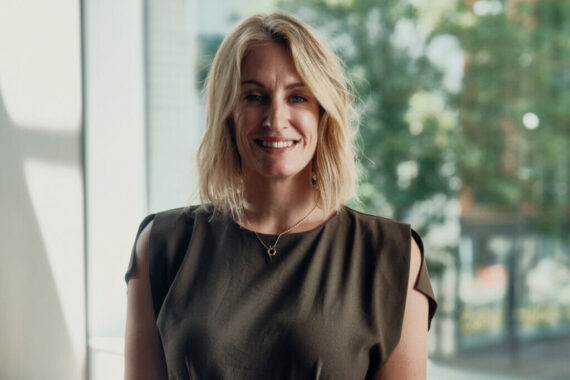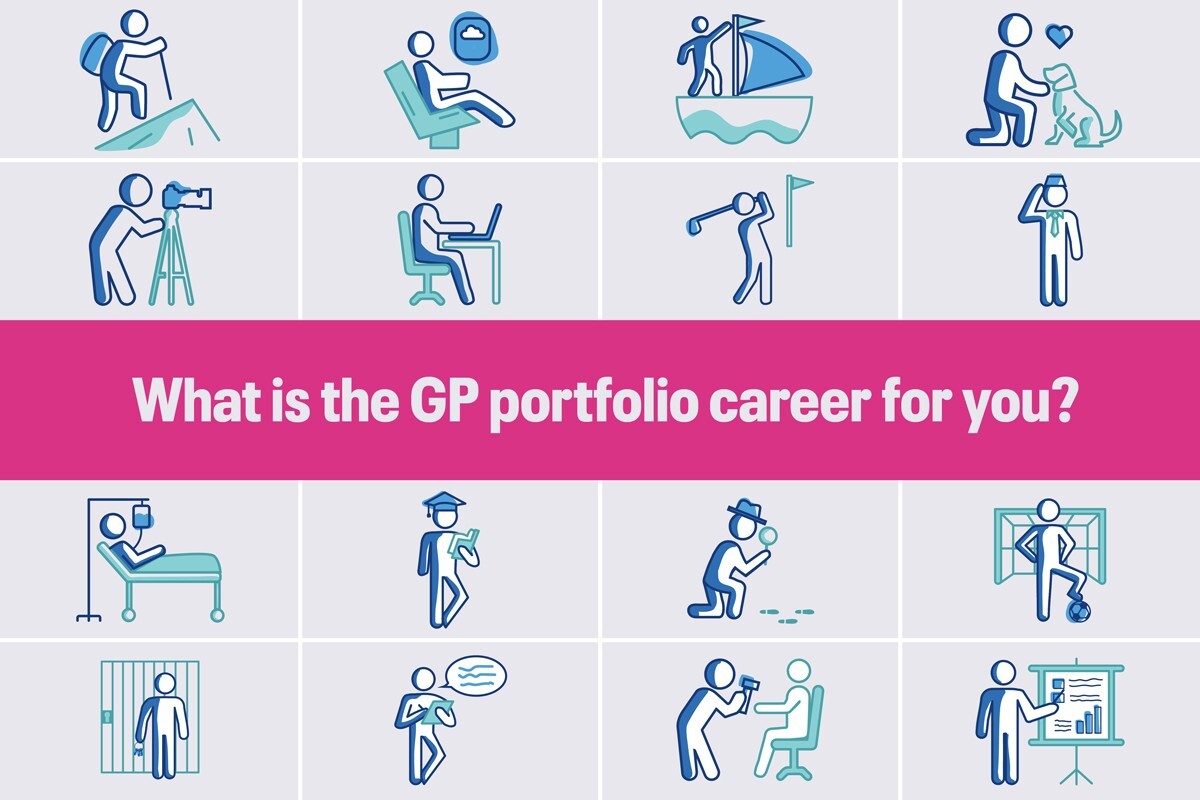A new plan, an old problem – will this time be different for NHS tech?

Technology is not a silver bullet, but there are real, tangible ways it can ease the day-to-day pressures on clinicians – such as reducing cognitive load and giving time back through tools like AVT, argues Dr Hannah Allen, GP in Devon and chief medical officer at Heidi Health.
This is part of the Pulse Partners series. It has been paid for by Heidi Health, with editorial input by Pulse. The opinions in this article do not necessarily reflect the views of Pulse.
NHS England recently released its long-anticipated 10-Year Plan, promising to ease administrative burden, reduce burnout, and restore time for meaningful care. Much of that vision hinges on technology.
If you’re a GP reading this, you’ve likely heard that promise before. More than once.
The plan talks about ‘modernising general practice,’ investing in tools that will ‘free up clinical time,’ and ‘return the joy to the consultation’. As someone who’s worked through every version of digital transformation over the last decade – templates, triage apps, speech tools – I want to believe that. But I also can’t help thinking of Amara’s Law:
‘We tend to overestimate the effect of technology in the short run, and underestimate it in the long run.’
And that’s the risk we face right now. That short-term overpromising will lead to long-term underdelivery – not because the technology doesn’t work, but because it isn’t implemented thoughtfully, supported meaningfully, or matched with the human changes it requires.
The reality GPs are facing
Every day, GPs across the country are facing clinics that are full, inboxes that don’t stop, and administrative loads that bury the clinical work. It’s not just volume – it’s cognitive fragmentation. A ten-minute consultation now contains diagnosing, coding, prescribing, safety-netting, and summarising – often followed by another 20 minutes of tidying it all up.
And yet, in most national conversations about general practice, we rarely talk about the mental cost of all that switching. We talk about appointment numbers, access targets, or burnout rates. But the invisible load – the cognitive drain of doing complex emotional and clinical work while documenting at speed – is often missed.
What success looks like
If we want the 10-Year Plan to succeed, we need to stop thinking of technology as a fix-all, and instead ask: what kinds of tech are already reducing friction today – and how do we scale them responsibly?
One such area is ambient voice technology (AVT) – tools that listen during the consultation, generate structured notes, and produce drafts of clinical documents. It’s not a magic wand. It doesn’t see patients for you. But it does reduce the silent weight of admin – and that changes everything.
I joined the team at Heidi Health not because I’m a technophile, but because I saw firsthand what AVT could offer. It gave me space to make eye contact again. To think without typing. To end a clinic without dreading the paperwork mountain.
Colleagues using AVT have reported saving three to six hours per week on documentation. But more importantly, many say they’ve reclaimed a sense of clinical presence. As one put it: ‘For the first time, it feels like something is being taken off my plate in the consult, not added to it.’
Technology as enabler, not saviour
That’s the mindset shift we need. Technology should enable better care, not automate human connection. And it needs to be supported by system-wide changes – in workflow, policy, and funding – if it’s going to make a real dent.
The 10-Year Plan’s recognition of this is promising. Its call to cut bureaucracy and support innovation that serves clinicians, not the other way around, reflects what many of us have been asking for. But now the hard part begins: making sure that doesn’t become another chapter in the NHS’s long history of underdelivered digital ambition.
Because Amara’s Law doesn’t just warn us about overhyping technology – it reminds us that with patience, support, and good design, the right tech can quietly transform the system. Not overnight. But over time.
So the real question is: will we give the plan – and the people delivering it – the room to get it right?

